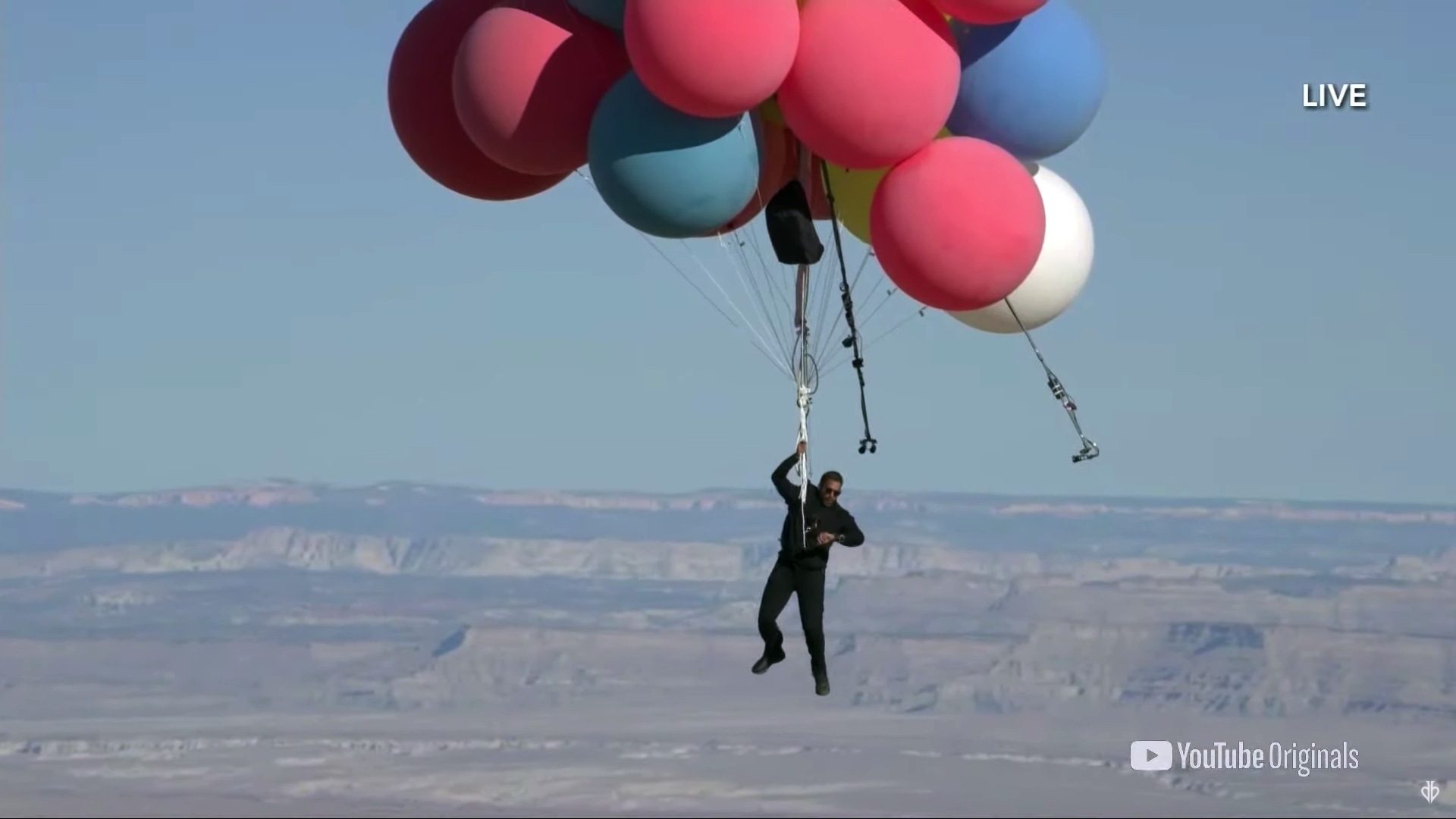

Answer the final two questions using words, not numbers. Do not do any calculations.

For the more advanced student.
| event | time (s) | velocity (m/s) |
|---|---|---|
| first stage & ground lit strap‑on ignition | 000 0.00 | 000 0.00 |
| air lit strap‑on ignition | 00 25.04 | 0 611.52 |
| ground lit strap‑on separation | 00 70.04 | 1434.17 |
| air lit strap‑on separation | 00 92.04 | 2024.36 |
| first stage separation | 0 112.75 | 2387.67 |
| second stage ignition | 0 112.95 | 2387.16 |
| closed loop guidance initiation | 0 117.95 | 2415.46 |
| heat shield separation | 0 201.75 | 3624.69 |
| second stage separation | 0 264.74 | 5379.33 |
| third stage ignition | 0 265.94 | 5378.94 |
| third stage separation | 0 583.60 | 7730.88 |
| fourth stage ignition | 2100.50 | 7642.04 |
| fourth stage burn out | 2619.72 | 9833.49 |
| spacecraft separation | 2656.72 | 9804.01 |
 |  |  |
The game was played nine times and the results were recorded in nyan.txt. Determine the speed of Nyan Cat in this game using this data and graphical methods.
 mustang-velocity.pdf
mustang-velocity.pdf David Blaine is an American performer famous for stunts involving extreme endurance. In 2020, he strapped himself to a "bunch of helium balloons" and floated up to an altitude where he needed an external oxygen tank to breathe. He then detached himself from the balloons and parachuted back to the Arizona desert. Although the appearance of the balloon bundle made it look like Mr. Blaine was heading off to a party, he was actually flying a civil aircraft. This meant obtaining a balloon pilot license, an aircraft registration code (N947DB), and an air traffic control transponder. The last of these was the source of the data for this problem.Using the altitude-time data in the accompanying tab delimitted text file (ascension.txt) and your favorite application for analyzing data, answer the following questions.
David Blaine is an American performer famous for stunts involving extreme endurance. In 2020, he strapped himself to a "bunch of helium balloons" and floated up to an altitude where he needed an external oxygen tank to breathe. He then detached himself from the balloons and parachuted back to the Arizona desert. Although the appearance of the balloon bundle made it look like Mr. Blaine was heading off to a party, he was actually flying a civil aircraft. This meant obtaining a balloon pilot license, an aircraft registration code (N947DB), and an air traffic control transponder. The last of these was the source of the data for this problem.Using the altitude-time data in the accompanying tab delimitted text file (ascension.txt) and your favorite application for analyzing data, answer the following questions. Answer the final two questions using words, not numbers.